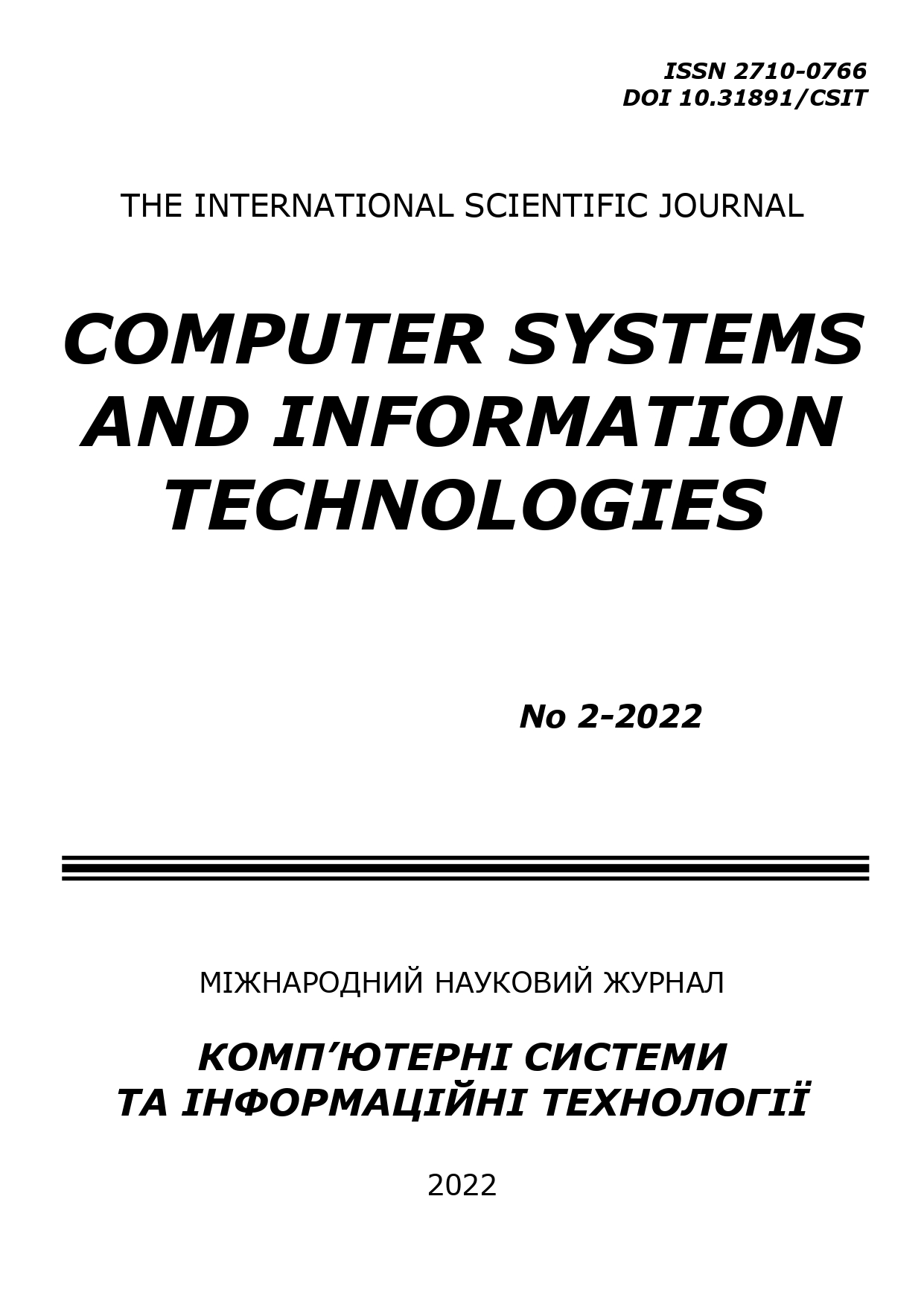LASER AND INFORMATION TECHNOLOGIES FOR CONTROLLING DYNAMIC DISPLACEMENTS SPATIAL STRUCTURES OF OBJECTS UNDER THE INFLUENCE OF ACTIVE MAN-MADE AND NATURAL RISK FACTORS FOR ACCIDENTS
DOI:
https://doi.org/10.31891/csit-2022-2-7Keywords:
construction, vibration, laser, signal, dynamic processes, active factors, data, system, information, project, risks, accident.Abstract
At the present stage of science development, for technological and technogenic energy-intensive systems, systematic methods of identification of structure, dynamics, and risk assessment are developed, while for spatial objects this problem is not fully solved. This applies to the construction and operation of such objects with a spatially distributed structure such as bridges, large pavilions, high-rise buildings, aggregate lines on a common foundation for color printing, which are subject to a large dynamic, non-uniform load-capacity, operating over a long period of operation. Their destruction with the combined action of dynamic and static heterogeneous flow factors in time of high power, leads to the accidents and human losses. The main factor that leads to cognitive errors in the design of spatial structures is that experts in the design process do not fully take into account the concepts of physical force, power and physical energy factors with stream random structure. In this aspect, the problem of dynamic structural stability under the influence of factors with a stochastic structure drew attention to Y. P. Dragan, introducing the notion of "stochastic process of finite energy" and "finite power of flows (sequences) of active physical force actions". Under certain conditions, the complex action of force factors leads to the emergence of solitons, that is, the formation of the peak of energy and power at a certain time in the weakest node of the structure that destroys it. If the designer, by virtue of his cognitive abilities and level of knowledge, does not take into account the energetic nature of the factors as destructive forces, then this leads to the destruction of infrastructure objects (cities in Genoa, Italy 2015, built in 1967) devastating floods, fires, transport disasters, tsunami. As for the steel construction bridges in the USA (New York), built on the basis of the methods of vibration calculations by S. Tymoshenko, they are operated for more than 100 years, with appropriate technical service.
The assessment of the vibrational stability of spatial structures, both existing and new projects, remains a complex control problem that is not resolved to the fullest, and therefore the development of integrated intellectual methods for designing and controlling their state is relevant
The intensive development of infrastructure, both social and technogenic, results from the impact of transport flows, power plants, harmful emissions, to the growth of force environmental load on spatial structures, corrosion of metal components, and the growth of vibrational effects on elements of objects. Further development of such negative processes leads to a decrease in the strength of structures, their stability, operational reliability and destruction. Reducing the quality of bearing structures, due to neglected negative influences, makes it impossible to forecast the moment of emergency situations. Accordingly, the development of methods for remote control of vibrations of spatial elements of bearing structures is a main problem for various industries.

